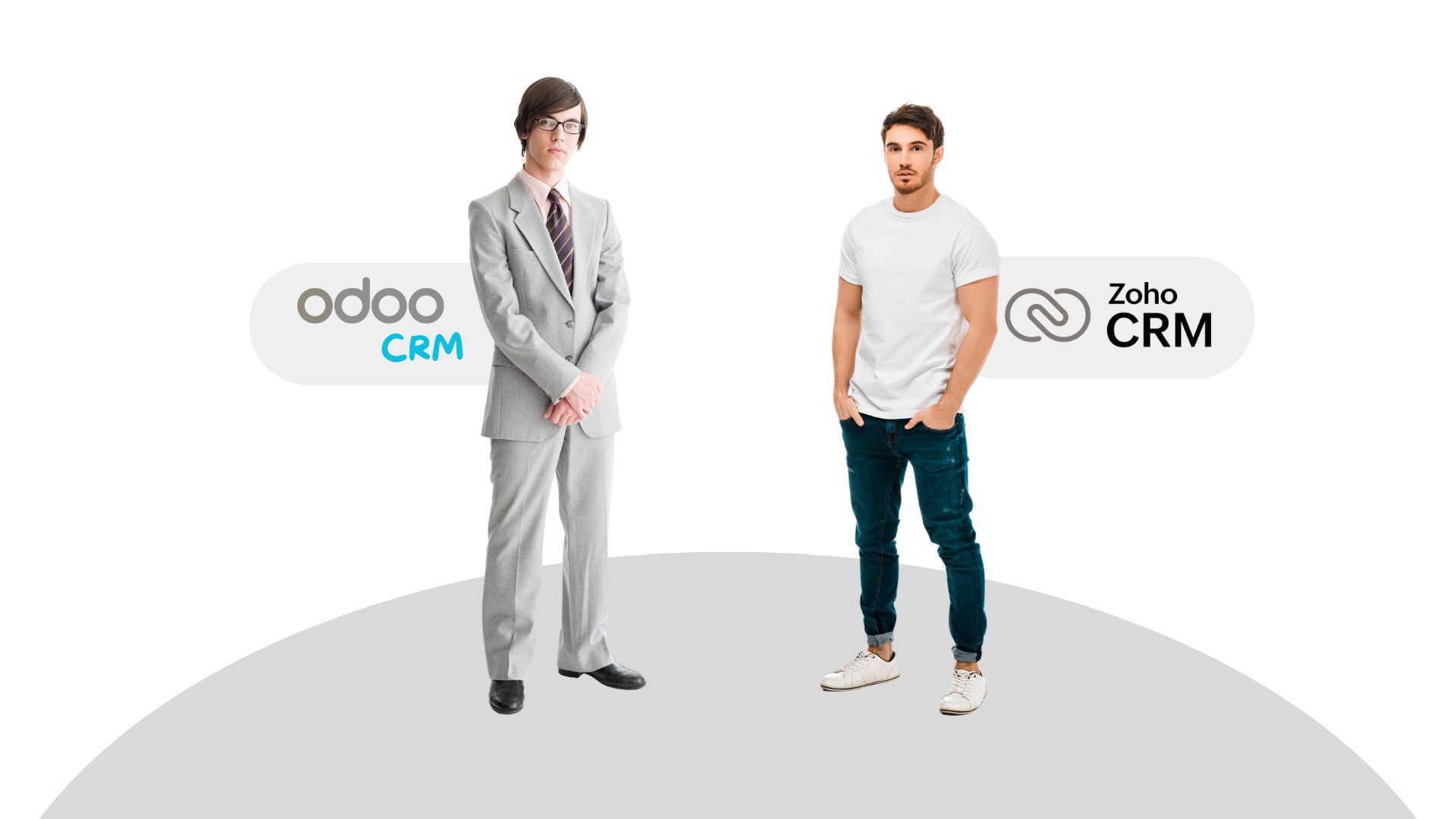In my last article, I shared how (some ten years back) my puzzled boss asked me why we were not getting that much increase in sales, while the website traffic had increased significantly. That was an eye opening moment that totally changed how I looked at marketing projects for the remaining of my career. This is what actually lead to the creation of Leadstalk, where our mission is to help companies generate higher number of sales leads by maximising their conversion rates.
This article focuses on what should be measured to have better visibility and control on digital marketing actions, hence generating more leads for your company.
KEY TAKEAWAYS
There are several Google Analytics stats that are often used, but that are not very relevant in a lead generation campaign
Goal Conversion Rate is what you want to be laser focused on
There are many simple things you can do increate your conversion rate and generate more leads
Google Analytics stats that you should spend less time on
If your objective is brand awareness, or if you are running a blog and need to maximise the visibility of your articles, then the number of website visits you get is an interesting starting point to know how well you are doing.
But if your objective is to generate the maximum number of leads to feed your sales funnel, then looking only at the number of visits on your website is not sufficient at all.
You may think that Google Analytics stats like bounce rate, the number of pages people visit or the amount of time people stay on your website would be better stats. You know… those figures you see in the Audience Overview screen in Google Analytics… Like the one below.

I have some news for you:
While many people regularly turn to these stats to determine the success of their marketing actions, this is NOT sufficient at all. Worse, they can be very misleading – Specially if you are serious about generating more leads on your website and investing your budgets on lead generation campaigns.
Hey!
Get practical insights on getting the most out of your digital marketing campaigns.
Sign up here!
Actually, and that may surprise you – We hardly ever look at this screen here at Leadstalk.
Why?
In a nutshell, these are simply averages of so many variables that this data is close to useless.
Take Pages per Session, for example… In the screenshot above, we see that around 3 pages are visited. Is that because of the content is engaging, so people are looking at several pages? Or is it rather because people can’t find the information they are looking for and need to check several pages to find what they need.
Now look at Session Duration. It’s around 2.5 minutes. Again… Is it because the website is engaging to the visitors? Or, are the visitors watching the 2-minutes video on your homepage and that’s all?
As you can see, if we take into account that these figures are general averages, PLUS, the fact that we are looking at them without any context, they end up being quite useless and misleading.
So what should you be looking at?
Enter Goal Conversion Rate: THE Google Analytics insight you want to be laser-focussed on.
If you are really aiming at generating more leads on your website, you MUST be looking at your Goal Conversion Rate. Conversion rate tells us how many people are taking a specific action (usually submitting a form) for every 100 sessions on Google Analytics. The higher the conversion rate, the better you are.
A great place to start is to look at the Acquisition Channels in Google Analytics, like in the extract below:

This Google Analytics table gives some very interesting insights. It’s actually one that we constantly look at in all our projects. It breaks down the sources of your website visits into different channels (i.e. Social, Paid Search or Organic Search). The table above provides insights on landing pages we implemented for one of our clients.
This table gives a more precise insight of your marketing actions compared to the Audience Overview we saw previously, from a lead generation perspective.
As you can see in the table above, people spend less than a minute on the website during a visit and check approximately one page only… That’s not what we saw in the Audience Overview table in the previous example.
But look at the conversion rates.
We are reaching 8% to 9% conversion rates from key channels.
What does that mean? What is a good conversion rate?
An acceptable conversion rate is around 2%. This can vary by industry, but around 2% is the generally acceptable figure that you should be aiming at.
Here, at 8% to 9% conversion rate, we are definitely on the high side.
Becoming the firm’s Marketing Super Hero.

To develop your Marketing Super Powers, the conversion rate is therefore the starting point where to focus your energy and resources.
And here’s why:
- The higher your conversion rate, the more leads you get from your website. Or, With the same budget you get more leads.
- The higher your conversion rate, the greater the savings you can make on your digital marketing expenses. Put another way, if you know what channel has the highest conversion rate, you can reduce your expenses on the least performing ones and focus on the more efficient channel.
- Finally, the more understanding you have of your conversion rate, the more precise and effective you can be in your marketing plans… Unlocking your super powers….

This table compares conversion rates over 2 periods.
It’s a good illustration of how when maximising your Conversion Rate, it makes a whole difference on what you can bring to your business.
It shows conversion rates before and after our intervention on the website and campaign of one of our clients.
Let us look at Social Media. Conversion rate jumped from 2.11% to 9.7% meaning that the company’s social media actions (and budgets) were generating 3 times more leads than before. Put in another way. This also means that with the same budget, they have multiplied by 4 the number of leads.
Same for Direct and Paid Search, where these channels started to generate 26% to near 70% more leads than before.
By increasing the conversion rate, the company was able to boost the number of leads it generated on its website significantly, to have a better control on its marketing budgets and ended up with more sales that year.
How do you increase your conversion rate?
- Make sure website loads fast
- Make sure it is mobile friendly
- Use great titles – Titles that make the visitor want to read more and engage with your content.
- Place call to action buttons wisely on your pages so visitors can easily engage and get in touch with you
- Make forms easy to fill.
Our upcoming article will go into more details on each of the above points, so stay tuned and subscribe to get notified when its out.
And this is how you become a Marketing Super Hero for your firm.
So, what is your conversion rate today? What is your potential to grow that conversion rate?
I’d like to hear from you. And if you want some insights on maximising your conversion rate and get the most our of your digital marketing investments, contact us below for a free session.




